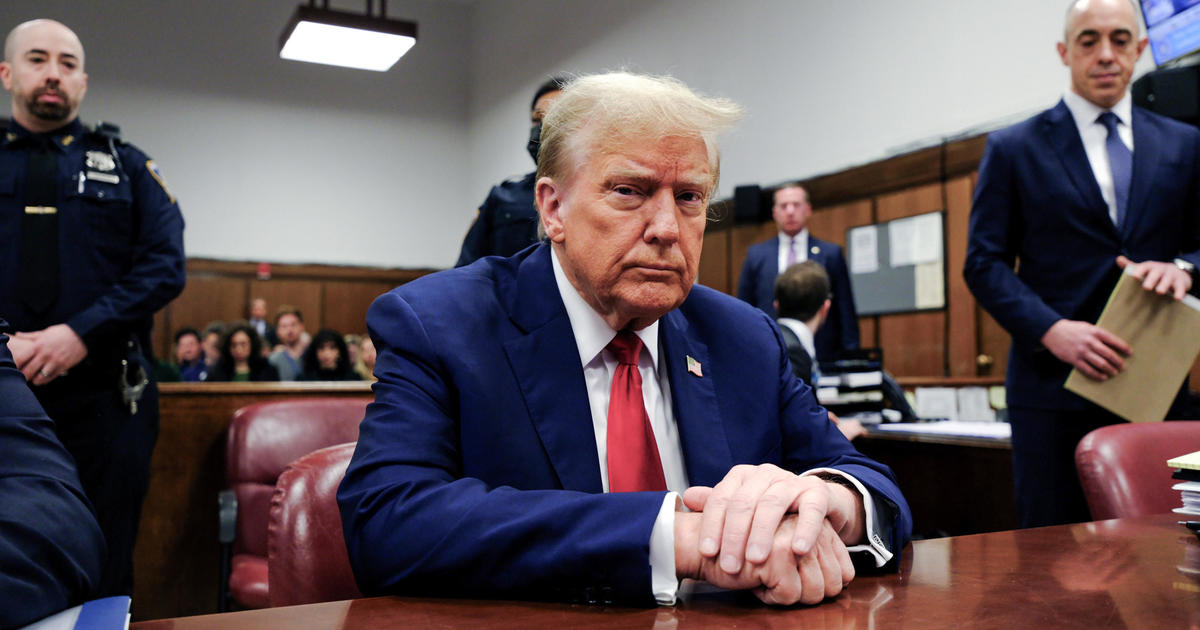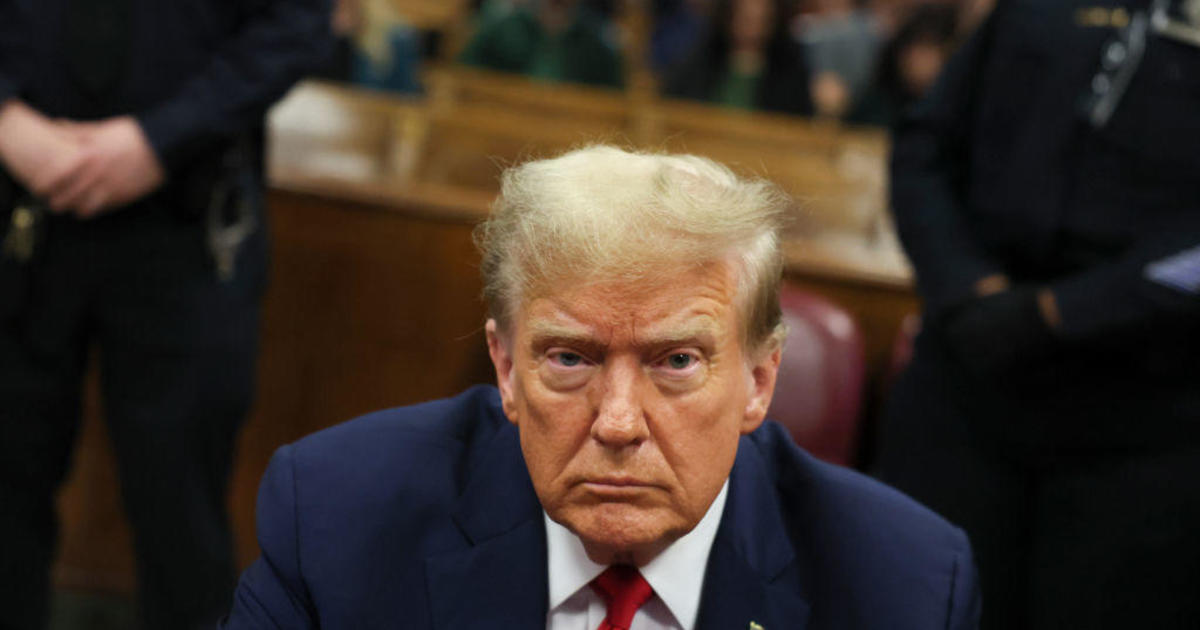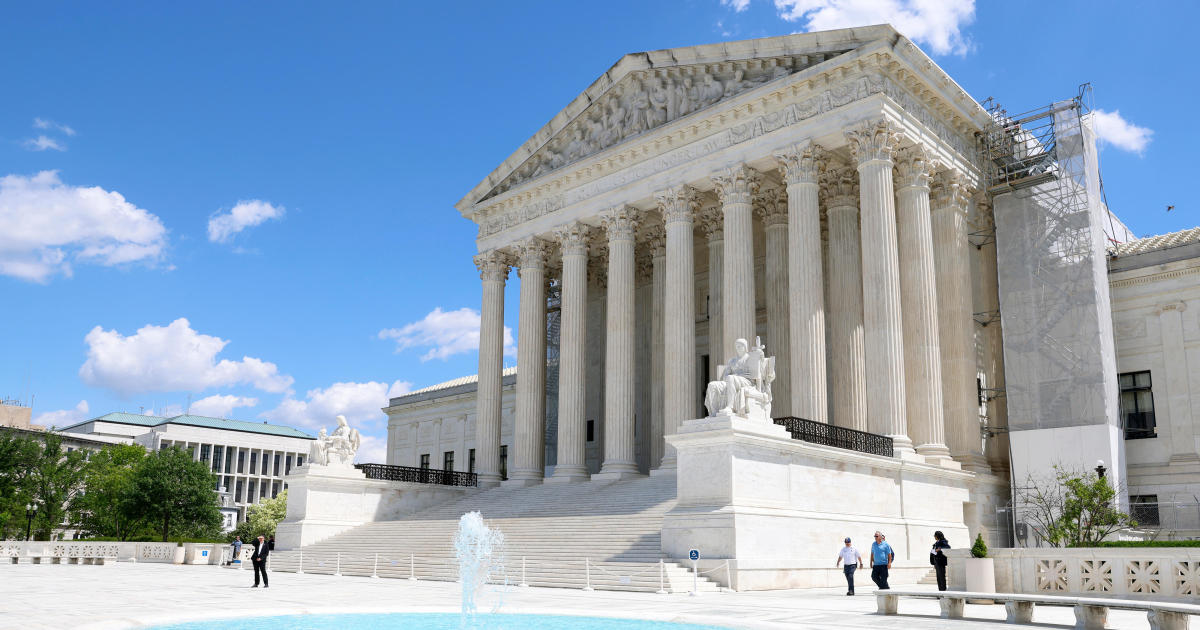"Keep buying the dips until it stops working"
This year, the stock market has been a happy camper despite the torrid political maelstrom in Washington. The major market barometers continue to establish new record highs, a display of surprising investor confidence that invokes one of Wall Street's maxims: "Bull markets climb a wall of worry."
In particular, another mantra is helping drive the market higher: "Buy the dips." There's widespread investor belief that even with the serious political issues roiling Donald Trump's presidency, a positive market outlook is getting support from the continuing economic recovery and strong market fundamentals, partly anchored by sturdy corporate earnings.
Based on a technical analysis by CFRA Marketscope Advisor, the S&P 500 index remains at its highs for the year, and new higher support is established at 2,385-2,401 on any pullback. Currently, the S&P 500 stands at 2,439 -- and is steadily gaining. The Nasdaq 100 continues to support further upside as it, too, trades at new highs for the year, noted CFRA. "We favor continued strength above this level, targeting new highs," added the CFRA. And the Dow Jones industrial average also closed on Friday at a new all-time high of 21,206.
"Keep buying the dips until it stops working," advised CFRA. Clearly, investors have been doing just that, strongly contributing to the market's continued persistent rise.
Buying the dips isn't the only strategy that investors have been pursuing, however. A kind of "rush to safety" is also involved, as some investors also were increasingly drawn in May to the high-yielding utilities and consumer staples sectors, which have advanced 3.6 percent and 2.7 percent, respectively. Only the technology stocks did better, ending up 4.2 percent.
"The outperfomance of these sectors, well-known for paying generous dividends, seems to go against one's investing intuition in a rising rate environment," said Lindsay Bell, investment strategist at CFRA, in a recent appraisal of the market's activity. In fact, looking back at the types of sectors that perform better in periods where the 10-year Treasury was on the rise, many of the cyclical sectors, including information technology, energy, industrials and materials stand out, added Bell.
Investors' recent tendency toward defensive, high-yielding stocks likely reflects "the increased level of political uncertainty in the marketplace and a flight to safety," Bell pointed out. Utilities, real estate and staples achieved most of their May gains in the month's final two weeks, when concern regarding Trump administration controversies heightened. Over the course of the same period, the 10-year Treasury yield declined from 2.34 percent on May 15, to 2.21 percent on May 31.
That's probably the likely the reason why some investors are now saying that Wall Street's best days may be over.
"We don't expect the U.S. stock market to make more headway before falling sharply in 2019," warned Capital Economics in its latest update on the equity market. A key reason, it said, is the outlook for corporate profits.
The firm suggests that the U.S. unemployment rate has already fallen below the Congressional Budget Office's estimate of its "natural" level. As it has done in the past, Capital Economics noted, this development has resulted in a cyclical increase in labor's share of income. "The increase is likely to continue if, as seems possible, the unemployment rate falls even further, and in such circumstances, corporate profits have usually grown much more slowly than at other times," argued Capital Economics.
For the time being, Capital Economics has retained its end-2018 and end-2019 forecasts for the S&P 500 of 2,400 and 2,050, respectively. By 2019, it said, tighter monetary policy "should be starting to bite and any fiscal stimulus is likely to have run its course. The risk of a recession will, therefore, be higher," it said.
In the meantime, the U.S. economic expansion is still going strong, marking its eighth birthday this month, which makes it the third-longest since World War II. Its 96 months compares to the average of 58 months for the 11 previous expansions. CFRA noted that the expansion's cumulative 17.5 percent growth in real GDP from its trough in June 2009 through first-quarter 2017 ranked it only seventh and below the average increase of 25 percent.
"We think the gradual growth of this economic expansion will allow for a prolonged overall duration," said CFRA.
Wall Street is now focusing on second-quarter earnings projections. The S&P Capital IQ consensus estimate currently points to a 6.3 percent year-over-year rise in operating results, "since the year-over-year comparisons become harder as the S&P 500 began emerging from its earnings recession in the second quarter of 2016." S&P Capital IQ projects the full-year earnings per share gain at above the 10 percent threshold.
In its investment recommendations, S&P Capital IQ suggest overweighting the industrials and materials sectors, and it proposes underweighting real estate and consumer staples.



